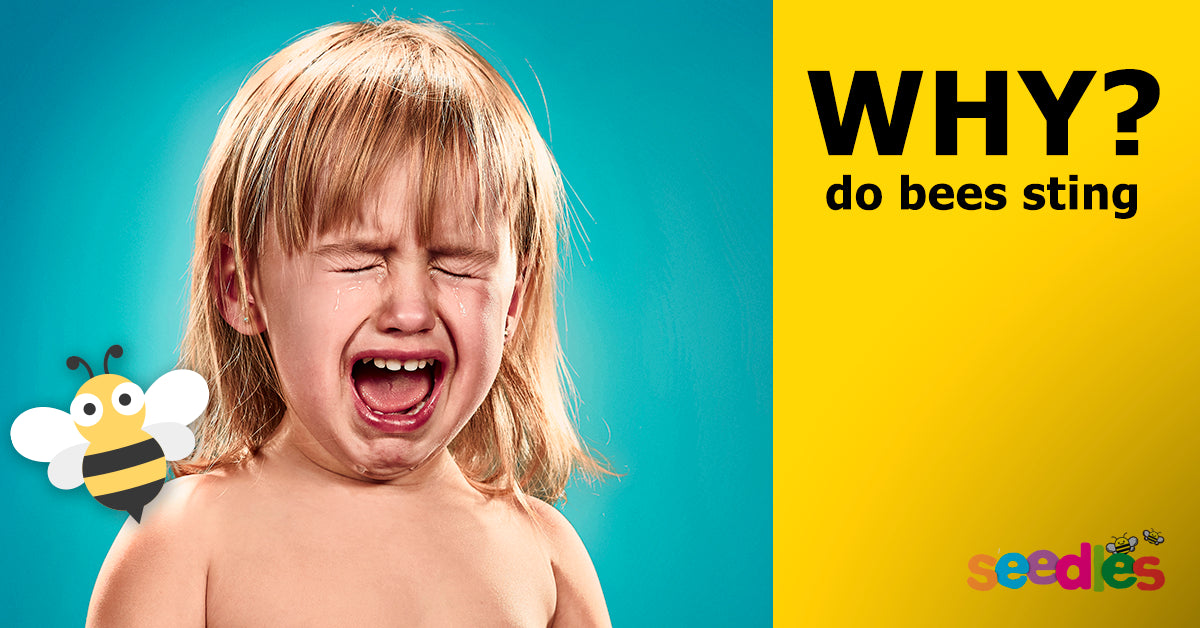Your Cart is Empty


Honeybees sting when they feel threatened, so respect them by keeping your distance, and never disturbing a hive or colony.

Source: Wikimedia - Sting of a honey bee by Waugsberg
Remember, honeybees sting when they feel threatened, so respect them by keeping your distance, and never disturbing or attacking a hive.When a female bee stings, they drive their stinger deep into the body of the victim. The stinger plays a vital role in the injection of their venom called apitoxin. The stinger is barbed, meaning it features tiny hooks that point in the opposite direction of the stinger pointer, which makes it difficult to remove, and unfortunately results in the stinger being ripped from their body. It isn't long after the stinger is ripped out of their body, they die.
"In a battle with Asian giant hornets, Japanese honeybees turn up the heat—quite literally—by swarming around the hornets and cooking them to death" .... When a larger attacker comes to a honey bee hive, you will often see tens of hundreds of bees surrounding the attacker. Sometimes they even form a tight ball, and buzz/vibrate to increase the internal temperature and kill the attacker.
Source: "Hot Bee Balls" Cook Enemy Hornets
In a traditional honey bee hive, the bees that sting are the female worker bees. Unlike the female worker bee, the male bees, or drones, do not have stingers and do not gather nectar and pollen. A drone's primary role is to mate with a fertile queen. Queen bees also have stingers, but they rarely leave the hive to use them.
Sources:
[1] - https://www.sciencedaily.com/terms/bee_sting.htm
Comments will be approved before showing up.